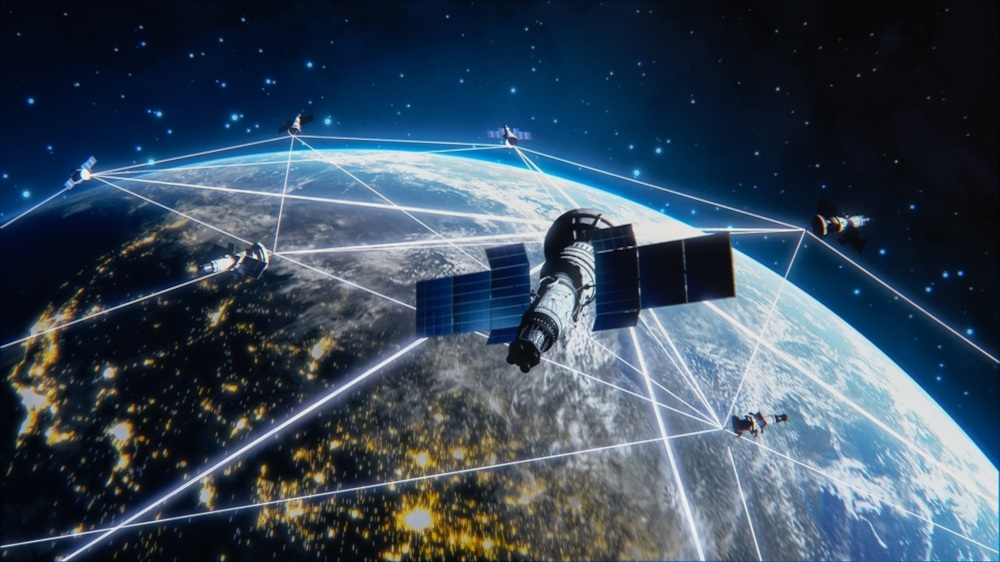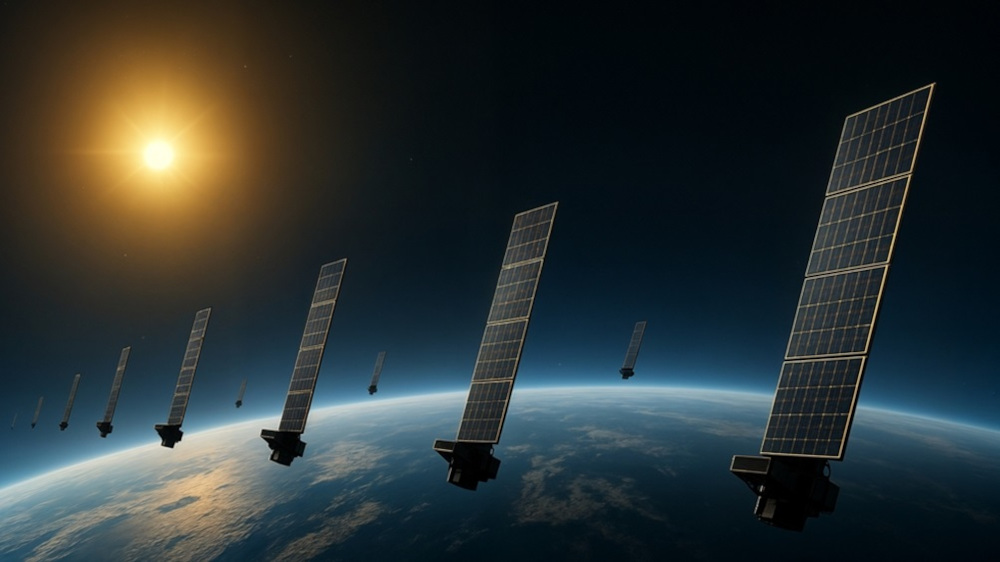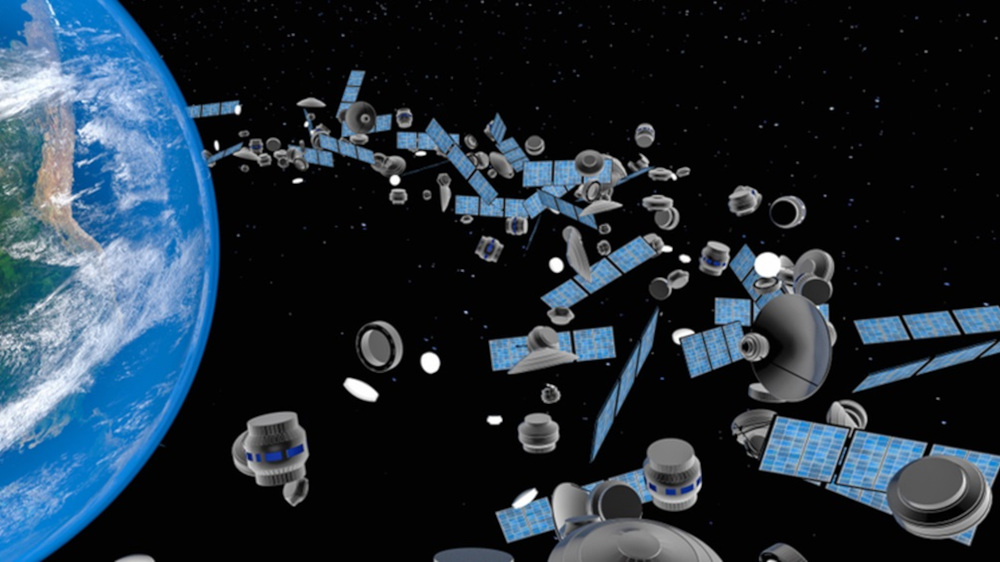
Satellite broadband strengthens Finland's resilience and security of supply
What would happen if all data connections were suddenly cut off? Finland, a sparsely populated country with long distances, also needs reliable communication solutions also in crisis situations. Satellite broadband could provide the answer to this challenge – a connection that is not stopped by storms or broken cables.
The significant advantage of satellite connections is their independence from terrestrial and submarine cables. In practice, this means that satellites keep Finns connected with the rest of the world, even if physical telecommunications networks are interrupted. In accordance with the guidelines of the National Space Strategy 2030, space-based communications services must be available to security and defence actors in all circumstances. In addition, there is a need for satellite connections in various critical infrastructure functions.
Developing technology opens up new opportunities
Technological advances have taken satellite broadband to a whole new level in recent years. Satellites operating in low orbit, in particular, have revolutionised the understanding of the connections offered from space. In Finland, for example, SpaceX's Starlink and Eutelsat's OneWeb already offer satellite-based services, the connection speeds of which are soon predicted to be comparable to good mobile connections. Connection speeds and capacity are evolving, as, for example, Starlink, the leading actor in the field, is intended to increase the number of satellites in orbit significantly in the near future, utilising new launching technology, and at the same time deploy newer generation satellites.
The European Union has also awakened to new opportunities in space and has launched its own IRIS² satellite programme. Its goal is to ensure reliable connectivity for Europeans everywhere by 2030, while also supporting Finland's national preparedness goals.

Another significant future trend is Direct-to-Device (D2D) technology, in which a satellite can in the future communicate directly with an ordinary user's terminal device, such as a smartphone. This means that a separate satellite dish would not be needed, but a satellite connection capability would be a built-in part of 5G/6G phones, for example. D2D technology promises to further improve the resilience of society: in the future, in emergency situations, every phone could be connected to a satellite even if the local mobile network is out of the game.
Challenges and limitations
Although satellite broadband has enormous potential, the challenges associated with it must also be recognised. Latency has traditionally been a stumbling block for satellite connections, but the latencies of low-orbit satellites have decreased and are sufficient for most internet services.
Finland's northern location means that not all current satellite constellations cover Finland optimally. For example, most of the Starlink satellites currently orbit a little further south, focusing on the latitudes of Central Europe, where there are more customers, while OneWeb's satellites travel on polar orbits providing relatively better coverage to the northern regions.

Cybersecurity is the third key challenge. Satellite broadband systems are made up of many interconnected parts – satellites, ground stations, user devices and network management systems – which form a broad attack surface. In practice, cyber threats from satellite networks and traditional data networks are beginning to resemble each other, especially as satellite systems become increasingly integrated into the core infrastructure of the internet.
The fourth challenge is related to dependence on a few service providers. At the moment, global mega-constellations are in the hands of a few large players. A small number of providers carries the risk of over-concentration of the market. It is therefore important that Finland and Europe diversify the satellite broadband ecosystem.
Finland makes extensive use of space services
Satellite broadband is becoming an important part of Finland's digital infrastructure. Its importance in preparedness, resilience of society and security of supply has already been recognised at the strategic level. The vision of the National Space Strategy is that by 2030, Finland will make extensive use of space services for the benefit of society as a whole – space technology can be used to make society safer and strengthen its resilience.
Satellite connections are an integral part of this vision. They provide a way to bring high-speed internet access anywhere, regardless of geographical location, which evens out digital inequalities and secures the functions of society in the event of disruptions.
Space is no longer a distant horizon, but a concrete part of everyday safety and functionality in Finnish society.
Traficom has prepared a report together with the National Emergency Supply Agency on the use of satellite broadband technologies and services in preparedness, which can be read here (in Finnish).





